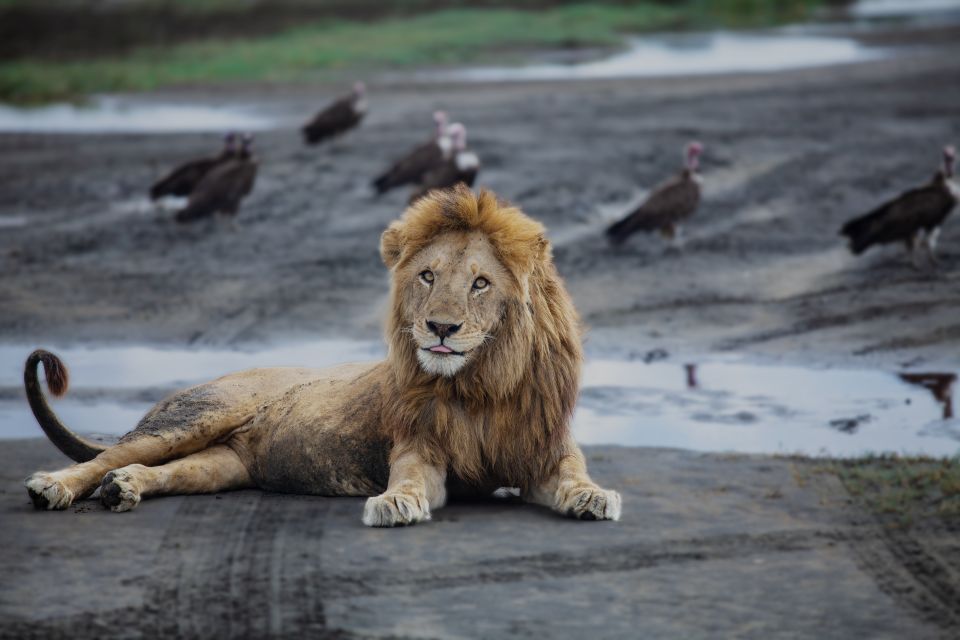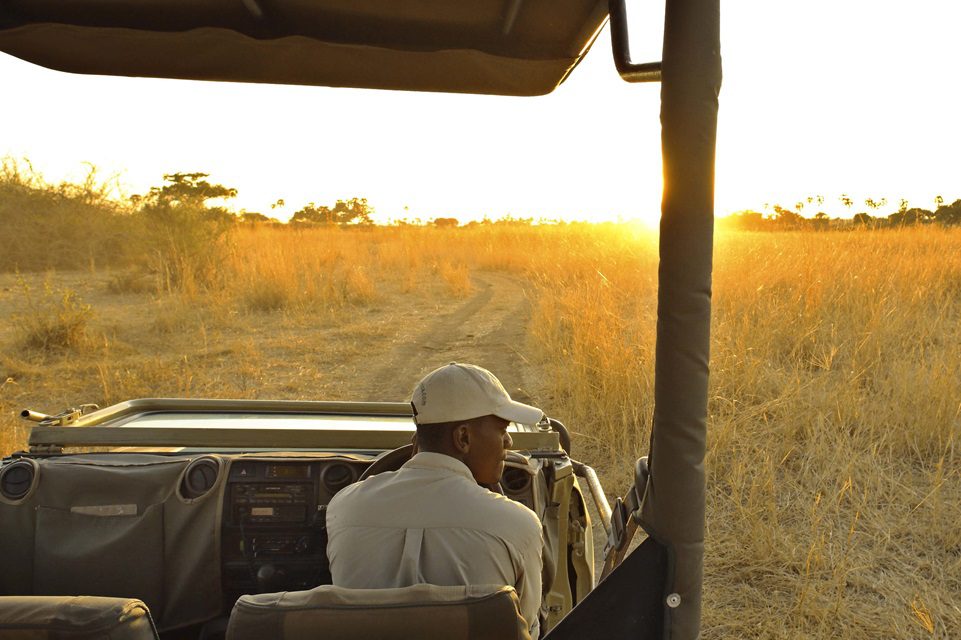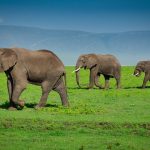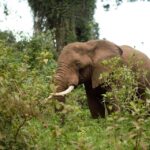Serengeti Safari: Everything You Should Know
A safari through the Serengeti is an unparalleled adventure that places tourists in the very center of one of the world’s most legendary landscapes. The Serengeti, spanning well over fifteen thousand square kilometers of northern Tanzania, is renowned for its rolling plains, varied wildlife, and the spectacular Great Migration of wildebeest, zebras, and gazelles.
To enjoy this vast wilderness with Ron Adventure is an experiential safari that combines private, luxury game driving, cultural encounters, and themed accommodations that blend in with the environment.
Every aspect of the safari is carefully planned to provide the highest level of wildlife viewing while keeping the visitors comfortable, secure, and connected with nature. The Serengeti is where adventure, education, and recreation mesh together perfectly to create an experience that is as thrilling as it is transformational.
Understanding the Serengeti Ecosystem
The Serengeti ecosystem is among the most diverse and richest in Africa. The landscape varies from open grassland to riverine forest and rocky kopjes, each of which provides a different habitat for the animals that inhabit it. The region is home to lions, leopards, elephants, buffaloes, and rhinos, the so-called Big Five, along with cheetahs, hyenas, giraffes, zebras, and hundreds of various species of antelope.
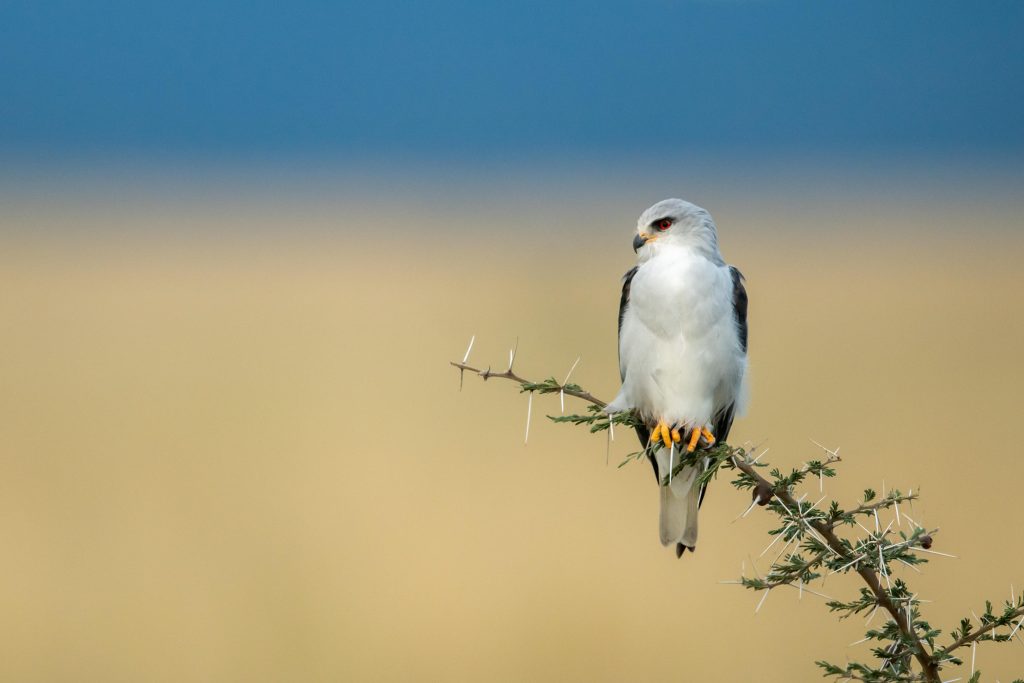
The Serengeti is also fascinating for bird watchers, as over five hundred species, including ostriches, eagles, and flamingos, bring color and life to the skies and plains. The ecosystem is part of a larger conservation system that includes the Ngorongoro Conservation Area, Maswa Game Reserve, and the Loliondo Game Controlled Area, which collectively allow wildlife freedom of movement and make ecological balance possible.
The Great Migration exemplifies the Serengeti’s dynamic ecosystem. Over one and a half million wildebeest, accompanied by hundreds of thousands of zebras, follow the seasonal rains in search of fresh grazing. Predators, including lions, leopards, and crocodiles, capitalize on this movement, creating dramatic interactions that highlight the balance of nature.
Understanding these patterns enriches every safari experience, as travelers gain insight into predator-prey dynamics, migration routes, and seasonal behaviors. Each component of the ecosystem, from the smallest insect to the largest predator, contributes to the delicate balance that makes the Serengeti so fascinating to nature enthusiasts and scientists alike.
Best Time to Visit the Serengeti
The best time to visit the Serengeti is between June and October, which is during the dry season, when wildlife congregates at water points, making predictions of animal sightings more predictable and rewarding. This also coincides with the northern movement of the Great Migration into the Maasai Mara, where one can witness the spectacular river crossings and heightened predator activity with lions, hyenas, and crocodiles preying on the migratory herds.
Temperatures are warm, the weather is clear, and the gentle light of early morning and late afternoon is ideal for photography, taking in both the open plains and the rich life they contain. The wet season from November to May, however, transforms the Serengeti into a green, lush landscape, welcoming migratory birds and supporting large numbers of herbivores.
The calving season, particularly from January to March, offers guests the chance to witness newborn wildebeest and the intensified predator hunting activity, which makes for exciting and dramatic wildlife viewing. Although there might be a bit of muddy roads and compromised accessibility in certain parts, the rainy season also ushers in green landscapes and fewer tourists, enabling a more personalized safari experience.
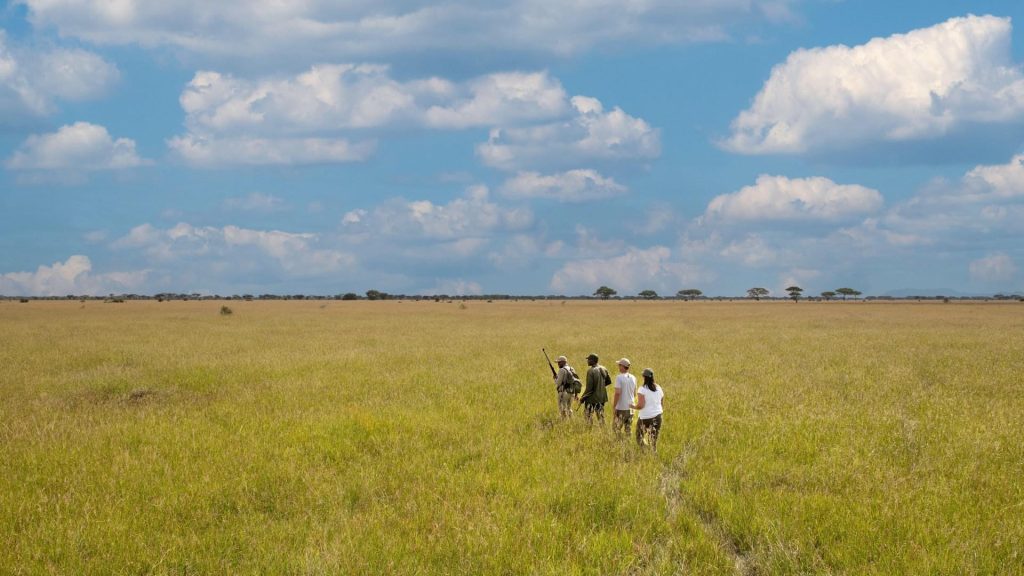
Ultimately, the best time to visit depends on the priorities of the visitor, whether it’s witnessing predator-prey drama, photographing the Great Migration, or simply basking in the verdant landscape under dramatic skies.
Wildlife Encounters in the Serengeti
Serengeti homes Africa’s greatest wildlife fame, and marvels abound at every meeting. Lions wander the grassy plains and bask atop rocky outcrops known as kopjes, revealing social hierarchies and territorial markings that are both fascinating and compelling to watch. Leopards, being solitary and secretive by nature, can be spotted in forests, and glimpses of them in action are a rare and memorable experience.
Elephants travel in herds across the plains, feeding on grasses and trees and often splashing in rivers, allowing for getting up close to study their social life. Buffaloes, massive and tough, feed in huge herds that travel across the savannah, presenting the major prey bases for the predators, whereas black rhinos remain in safe preserves, showing conservation efforts to rescue them from extinction.
In addition to the Big Five, the Serengeti plains are infested with cheetahs speeding along open plains, hyenas choreographing hunts, and huge herds of zebras and antelopes. Watching interactions among species provides tourists with a deep insight into the ecological sophistication of the Serengeti. Birdlife adds colors and characteristic calls to the safari with a rich soundtrack to the terrain.
Guides facilitate these interactions to be safe, respectful, and educational, allowing tourists to observe wildlife in an ethical way while gaining knowledge about the behavior, ecology, and conservation of the animals.
Experiencing the Great Migration
The Great Migration is arguably the Serengeti’s most famous natural event. Millions of wildebeest and hundreds of thousands of zebras traverse the plains in a continuous search for green pastures, pursued by lions, hyenas, and crocodiles. The migration begins in the southern savannahs early in the year and gradually moves northwards across the central Serengeti to ultimately reach the northern corridors and cross over to the Maasai Mara in Kenya.
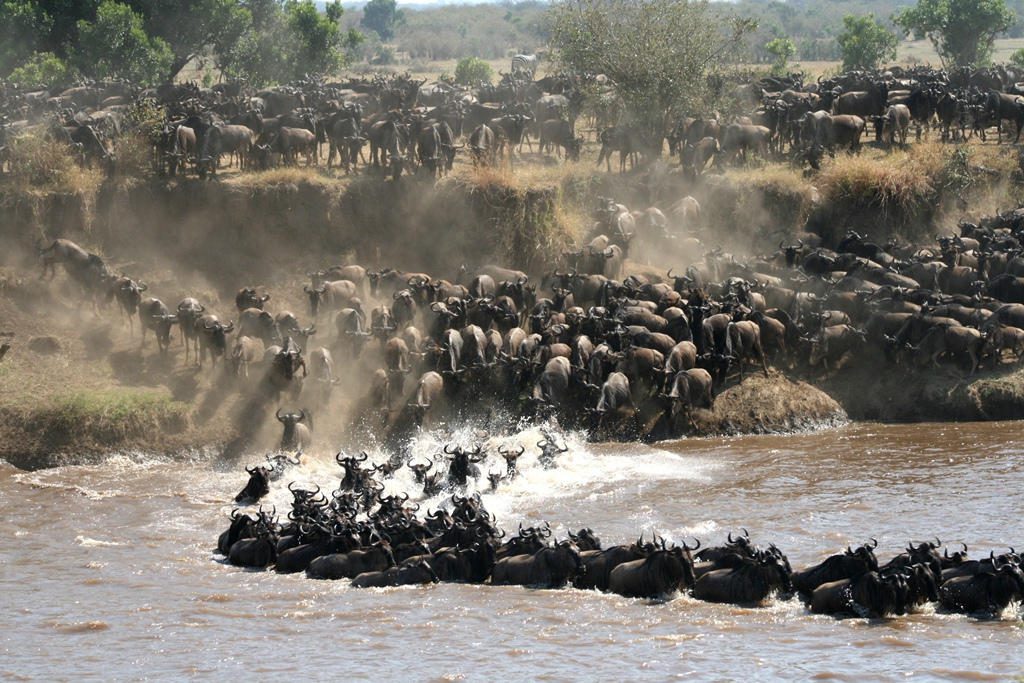
The river crossings are most spectacular, with crocodiles in hiding as herds plunge into the churning waters, and guides position travelers for optimum and safe viewing of these life-changing experiences.
Observe that the migration is more than a scenic display; it is an exhibition of ecological adaptation and survival. Guides offer insight into the timing, routes, and animal behavior that make the phenomenon possible, giving travelers context and appreciation for the Serengeti environment.
The migration also enhances photography, with the dynamic movement, predator-prey dynamics, and expansive open space providing dramatic photos. Witnessing the Great Migration with an informed guide ensures safety and close-up appreciation of this unmatched wildlife wonder.
Safari Activities and Experiences
Daily life on a Serengeti safari is structured around game drives, cultural engagement, and immersive experiences. Game drives are typically conducted in open-sided vehicles that provide unobstructed views, and early morning drives capture the peak activity of predators while the plains remain bathed in soft light.
Afternoon drives offer different perspectives, allowing observation of the feeding and social behaviors of various species. Walking safaris, conducted under the supervision of armed rangers, provide travelers with opportunities to explore the smaller details of the ecosystem, including tracks, plants, and insects, which are often overlooked during vehicle-based excursions.
For travelers seeking a unique perspective, hot air balloon safaris offer a silent, drifting journey above the plains at dawn, revealing herds, river systems, and the sweeping beauty of the Serengeti from the sky.
Many balloon safaris conclude with bush breakfasts, blending adventure with luxury. Cultural experiences, such as visiting Maasai villages, allow travelers to understand the symbiotic relationship between local communities and the natural environment, highlighting sustainable practices and traditions that have existed for centuries.
These activities, when combined with professional guides and luxury accommodations, create a balanced and enriching safari experience.
Accommodations in the Serengeti
The Serengeti offers a range of accommodations designed to complement its wildlife experience. Luxury lodges provide sweeping views of the plains, elegant suites, fine dining, and amenities that ensure comfort and relaxation after long game drives.
Tented camps immerse travelers directly into the natural surroundings, offering intimate encounters with sounds and sights of the bush while maintaining essential comforts. For those seeking the most authentic adventure, camping safaris provide nights under the stars with carefully arranged tents, communal spaces, and professional guidance.
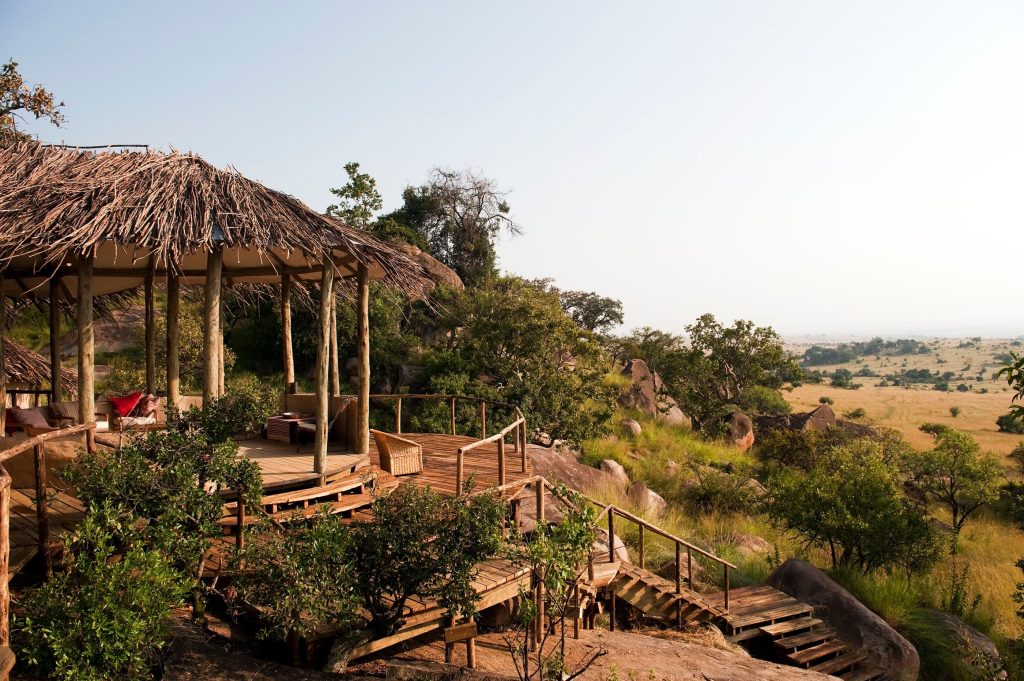
Accommodations are strategically placed near wildlife corridors and high-density animal areas, minimizing travel time and maximizing wildlife observation opportunities. Morning and evening routines are designed to align with animal activity, ensuring that travelers witness key moments of predator-prey interactions, herd movement, and environmental changes.
By combining comfort, strategic location, and immersion, accommodations in the Serengeti enhance the overall safari experience, creating a sanctuary to reflect on each day’s encounters.
Photography and Safari Tips
Photography is a central aspect of any Serengeti safari. The park’s landscapes, wildlife, and dynamic interactions provide endless subjects for capturing memorable moments. Early morning and late afternoon drives offer soft, golden light that enhances wildlife photography, while mid-day light highlights landscapes and birdlife.
Telephoto lenses are essential for capturing distant animals without disturbing them, and binoculars allow detailed observation of wildlife behavior.
Patience and attentiveness are vital for successful photography, as wildlife is unpredictable. Guides enhance photographic opportunities by positioning vehicles strategically, explaining animal behavior, and providing safety guidance.
Understanding animal habits, such as hunting patterns, feeding times, and resting behaviors, allows photographers to anticipate action and create compelling images. Combining expert guidance, optimal lighting, and preparation ensures that travelers can capture the essence of the Serengeti and preserve memories that last a lifetime.
Conservation and Sustainable Tourism
The Serengeti’s biodiversity faces challenges from poaching, habitat loss, and climate change. Conservation efforts focus on anti-poaching initiatives, community-based programs, and sustainable tourism practices that reduce human impact. Local communities are integral partners in preserving wildlife habitats, and initiatives educate travelers about the importance of ethical interactions with the environment.
By choosing professional safari operators like Ron Adventure, visitors contribute to conservation through responsible tourism, which supports anti-poaching measures, cultural preservation, and environmental stewardship.
Learning about the Serengeti’s conservation challenges adds depth to the safari experience, ensuring that travelers leave with a greater understanding of the delicate balance between humans and nature. These efforts are critical for ensuring that future generations can experience the Serengeti’s extraordinary wildlife and landscapes.
Travel Planning and Tips
Preparing for a Serengeti safari requires attention to logistics, health, and safety. Travelers should pack lightweight, neutral-colored clothing, hats, sunglasses, and sunscreen. Binoculars and cameras are essential for wildlife observation and photography.
Consulting with a healthcare provider about vaccinations and malaria prophylaxis ensures safety, and carrying a first aid kit with personal medications is recommended.
Respecting wildlife and the environment is crucial; maintaining safe distances, avoiding loud noises, and following guide instructions preserves natural behaviors. Staying hydrated and planning rest periods during drives contributes to overall comfort.
Booking early, particularly during peak migration or calving seasons, secures the best accommodations and guarantees access to key wildlife areas. Careful planning ensures a smooth, enjoyable, and immersive safari experience.
Booking a Serengeti Safari with Ron Adventure
Ron Adventure specializes in creating fully tailored safari experiences that combine comfort, expertise, and adventure. Each itinerary is designed to maximize wildlife sightings, cultural immersion, and personal preferences, whether the safari includes luxury lodges, tented camps, or camping under the stars. Packages can incorporate family safaris, photography-focused tours, or all-inclusive adventures, including flights from Zanzibar, Arusha, or Nairobi.
Choosing a professional operator ensures safety, logistical efficiency, and expert guidance, transforming a Serengeti safari into a seamless, enriching, and unforgettable journey. Every detail, from transportation to accommodations to guided excursions, is curated to provide travelers with a once-in-a-lifetime African experience.


